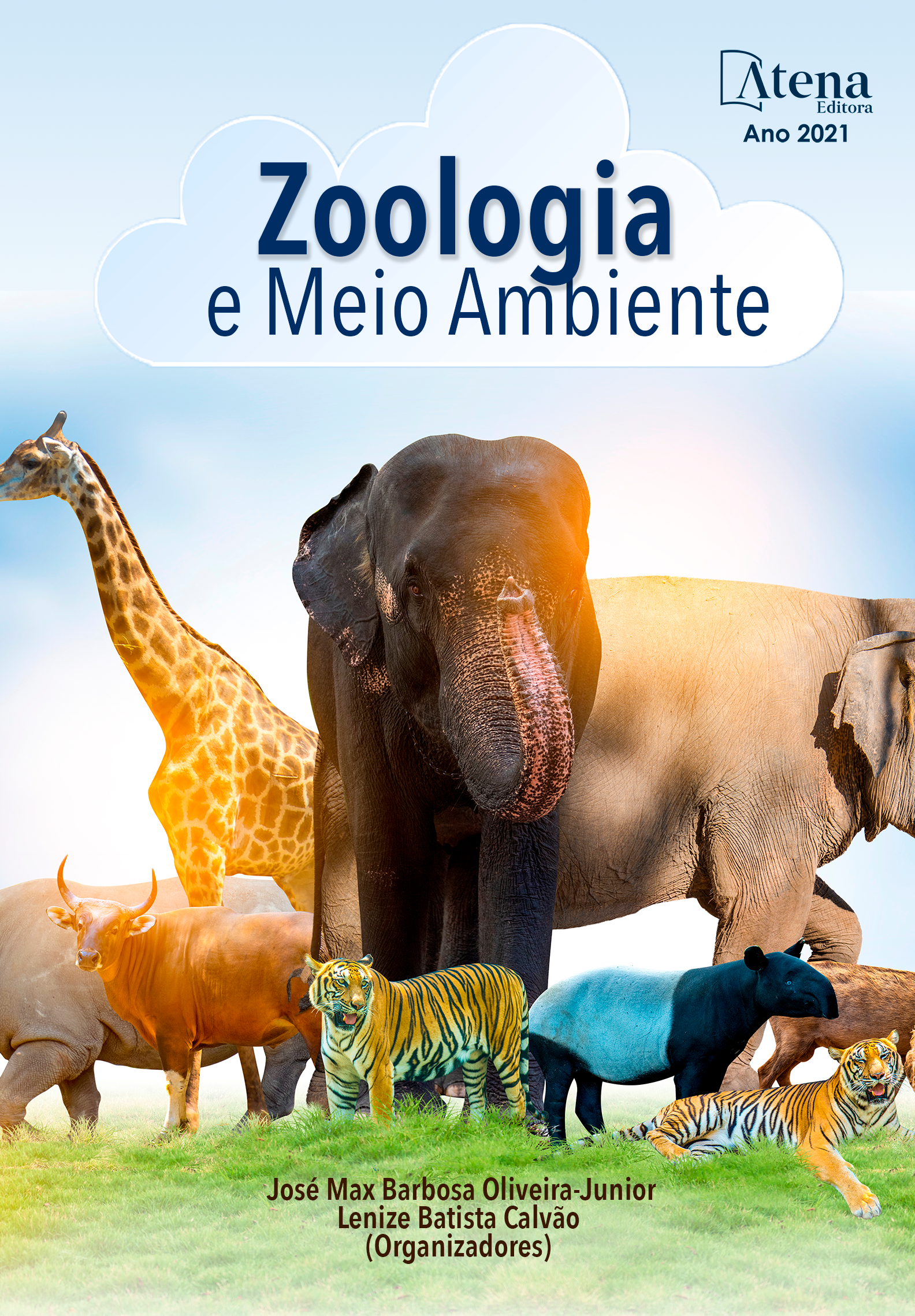
AVALIAÇÃO DA EPIDERME DE Girardia tigrina SOB CONDIÇÕES ESTRESSORAS
As planárias apresentam alta capacidade regenerativa e possuem por toda sua existência células tronco totipotentes chamadas de neoblastos, sendo capazes de regenerar cortes em sua estrutura. O objetivo do trabalho foi avaliar a epiderme de Girardia tigrina sob condições estressoras. Foram selecionados 12 indivíduos amputados em: cabeça, região faringeal e pós-faringeal. A cabeça não foi utilizada devido sua baixa regeneração. Os fragmentos foram submetidos a hipergravidade (3,3G) durante 9 dias seguidos, 9 horas ao dia e 15 horas de repouso, a uma temperatura média 18°C e 24°C. O grupo controle se regenerou em condições normais. Dado um intervalo de 24 horas, os espécimes foram submetidos a irradiação de laser de baixa intensidade 685 nm, dosagem de 1,25/cm², potência 13,3 ± 0,3 mW/cm², durante 3 minutos. Logo após, foram preparados e fixados em lâmina para análise em MEV, dividindo o grupo irradiado em dois: 24 horas e 48 horas pós irradiação, para avaliar a absorção da irradiação nesses dois períodos. As estruturas que foram avaliadas e identificadas a partir das micrografias do MEV foram: gotículas secretoras, células ciliadas, rabditos, poros excretores, microvilos e tecido de superfície. Para as estruturas que foram contabilizadas a partir das micrografias (rabditos e poro excretor), os dados foram submetidos a tratamento estatístico realizado com o software SISVAR. Para análise e interpretação dos resultados foi utilizado o ANOVA com o teste de TUKEY, p<0,05. Os espécimes fixados em lâmina após 48 horas de irradiação apresentam estruturas mais danificadas, sendo o fragmento faringeal com maior taxa de alteração. O grupo controle regenerou-se normalmente. Conclui-se que as planárias são ótimos modelos de estudos regenerativos suportando a exposição a fatores estressores, contudo, apresentando danos em suas estruturas da epiderme que podem variar conforme o fragmento do corpo, mas mantendo sua capacidade regenerativa.
AVALIAÇÃO DA EPIDERME DE Girardia tigrina SOB CONDIÇÕES ESTRESSORAS
-
DOI: 10.22533/at.ed.55021090210
-
Palavras-chave: Hipergravidade, Laser de Baixa Potência, Planárias líminicas, Microscopia eletrônica de varredura, Platyhelminthes, Turbellaria
-
Keywords: Hypergravity, Low Power Laser, Planarians, Scanning Electron Microscopy, Platyhelminthes, Turbellaria.
-
Abstract:
Planarians have shown high regenerative capacity and possess totipotent stem cells called neoblasts throughout their body, being able to regenerate cuts caused in its structure. The aim of the study was evaluate the Girardia tigrina epidermis exposed to stressing conditions. 12 planarians were selected and amputated forming body fragments: head, pharyngeal and post-pharyngeal region. The head fragment was not used due to its low regeneration.
The fragments were subjected to hypergravity (3.3G) for 9 consecutive days, 9 hours a day and 15 hours of rest, at an average temperature of 18 ° C and 24 ° C. The control group regenerated under normal conditions. Given a time gap of 24 hours, the specimens were subjected to low intensity laser irradiation 685 nm, dosage of 1.25 / cm², power 13.3 ± 0.3 mW / cm², for 3 minutes. Soon after, they were prepared and fixed on slide for analysis in SEM, dividing the irradiated group in two: 24 hours and 48 hours after irradiation, to assess the absorption of irradiation in these two periods. The structures that were evaluated and identified from the SEM micrographs were: secretory droplets, hair cells, rhabdites, excretory pores, microvilli and surface tissue. For structures that were counted from micrographs (rhabdites and excretory pores), the data were subjected to statistical treatment using the SISVAR software. For analysis and results interpretation, ANOVA was used with the TUKEY test, p <0.05. The specimens attached to the slide after 48 hours of irradiation show more damaged structures in the epidermis, with the pharyngeal fragment showing a higher rate of structural changes. The control group regenerated normally. We conclude that planarians are excellent models of regenerative studies supporting exposure to stressors, however, presenting damage to their epidermal structures that may vary according to the body fragment, but maintaining its regenerative capacity.
-
Número de páginas: 29
- Matheus Salgado de Oliveira
- Cristina Pacheco Soares
- Nádia Maria Rodrigues de Campos Velho
- Tabatha Benitz


